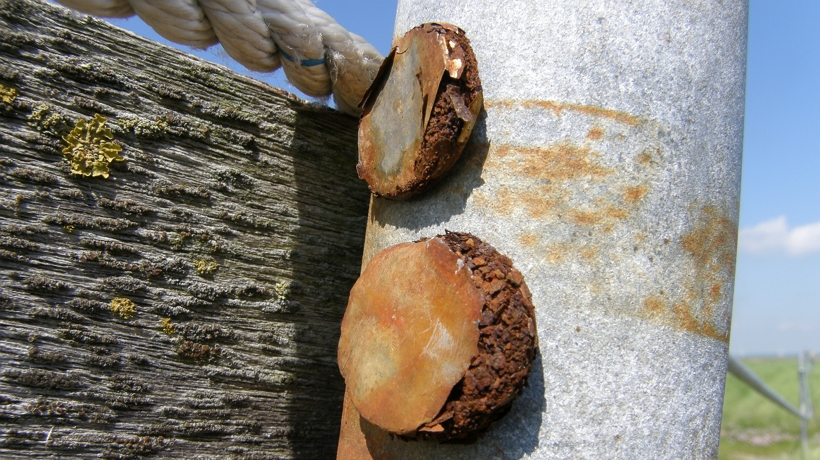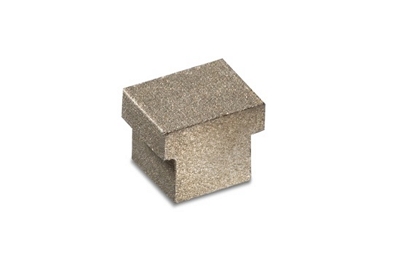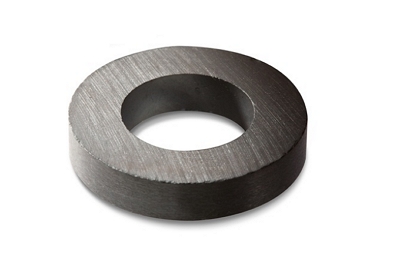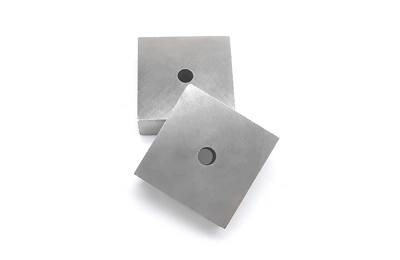Introduction
You probably picture strength and reliability when you think of Neodymium Magnets—those tiny titans powering everything from electric motors to headphones. Known as NdFeB magnets (short for Neodymium-Iron-Boron), these permanent magnets dominate the market thanks to their unmatched magnetic power. But here's the catch: despite their might, NdFeB magnets have a surprising Achilles' heel—rust and corrosion. If you're designing a product or just curious about these magnetic marvels, understanding how and why they corrode is key to getting the most out of them.
In this post, we'll dive into the nitty-gritty of NdFeB magnet corrosion. We'll explore what causes it, how it impacts performance, and—most importantly—what you can do about it. Expect practical examples, a dash of science, and tips you can use. Let's get started!

What Makes NdFeB Magnets Prone to Rust?
NdFeB magnets owe their incredible strength to a mix of neodymium, iron, and boron. That iron, though, is the troublemaker here. Iron loves to rust when it meets moisture and oxygen—it's practically a chemical romance. Unlike Ferrite magnets or Alnico magnets, which shrug off corrosion like it's no big deal, NdFeB magnets need a little extra TLC to stay in top shape.
Here's why they're vulnerable:
• Iron Content: Iron oxidizes into rust (Fe₂O₃) when exposed to water and air. Iron makes up a hefty chunk of the alloy in NdFeB magnets, so rust is always lurking.
• Porous Structure: The manufacturing process leaves tiny pores in the magnet's surface. These act like invitations for moisture to sneak in and start trouble.
• Neodymium's Reactivity: Neodymium itself isn't a fan of oxygen. It forms oxides that weaken the magnet over time.
Picture this: You've got an NdFeB magnet in a humid warehouse. Over weeks, that shiny surface turns into a patchy, reddish mess. That's corrosion at work, and it's not just cosmetic—it can sap the magnet's strength.
How Corrosion Affects NdFeB Magnet Performance
Rust isn't just an eyesore; it's a performance killer. When corrosion creeps into Neodymium Magnets, it messes with their magnetic mojo. Here's how:
• Loss of Magnetism: The magnet's structure breaks down as rust eats away at the iron. This weakens its magnetic field, sometimes by as much as 20-30% in severe cases.
• Physical Damage: Corrosion can flake off bits of the magnet, reducing its size and altering its shape. For precision applications—like in sensors—that's a disaster.
• Contamination: In clean environments (think medical devices), rust particles can contaminate the system, leading to costly failures.
Comparing NdFeB to Other Magnets
Not all permanent magnets struggle with rust the way NdFeB does. Let's stack them up:
• SmCo Magnets: Samarium-Cobalt magnets laugh in the face of corrosion. They're pricier and less powerful than NdFeB but thrive in harsh environments like aerospace.
• Alnico Magnets: These aluminum-nickel-cobalt champs resist rust well, though they're weaker than NdFeB and better suited for high-temperature gigs.
• Ferrite Magnets: Cheap, cheerful, and corrosion-resistant; Ferrite magnets lack the punch of NdFeB but win on durability in wet conditions.
So, why pick NdFeB if it's rust-prone? Simple: nothing beats its strength-to-size ratio. You need to protect it right.

NdFeB Magnet

SmCo Magnet

Ferrite Magnet

AlNiCo Magnet
Protecting NdFeB Magnets from Rust and Corrosion
Good news—you don't have to ditch Neodymium Magnets because of rust. With the right defenses, they'll last for years. Here are the top strategies:
1. Coatings: The First Line of Defense
Coatings act like armor for NdFeB magnets. Common options include:
- Nickel (Ni-Cu-Ni): The go-to choice. It's tough, shiny, and blocks moisture like a champ.
- Epoxy: Great for harsh environments—think underwater pumps. It's thicker but can chip if mishandled.
- Zinc: Affordable and decent, though less durable than nickel.
Pro tip: Double up with nickel and epoxy for super-corrosive settings (like marine applications).
2. Environmental Control
Keep moisture and salt away, and your magnets will thank you. Store them in dry, sealed containers, and avoid exposing them to humid or salty air for long stretches.
3. Design Smarts
In your product design, shield NdFeB magnets from the elements. Encasing them in stainless steel or plastic housings works wonders.
Testing for Corrosion Resistance
How tough are your Neodymium Magnets tough? Manufacturers often run these tests:
• Salt Spray Test: Magnets sit in a salty mist for hours (or days). If they come out rust-free, they're winners.
• Humidity Test: High heat and moisture push the magnet to its limits. It's like a sauna stress test.
• Visual Inspection: A quick look reveals any rust spots or coating failures after exposure.
Next time you're sourcing magnets, ask for test data. It's a small step that saves big headaches.
When Rust Wins: Signs It's Time to Replace
Even with protection, corrosion can sneak through. Watch for these red flags:
• Reddish-brown patches on the surface.
• A drop in magnetic pull (test it with a gaussmeter if you're geeky like that).
• Crumbling or flaking edges.
If you spot these, swap out the magnet pronto. A failing NdFeB magnet can tank your project faster than you can say "oxidation."
Why This Matters for Your Next Project
Whether you're building motors, sensors, or speakers, permanent magnets like NdFeB are game-changers—until rust crashes the party. By understanding corrosion and taking action, you'll keep your designs humming along. Plus, you'll save cash by avoiding premature replacements.
Compared to SmCo magnets or Ferrite magnets, NdFeB offers unbeatable power. Just treat it right, and it'll deliver.
Conclusion
Ready to dive deeper into the world of magnets? Check out these resources on our site:
- [Magnets Selection Guide]
- [What is the difference between a regular magnet and a neodymium magnet?]
Got a magnet challenge? Drop us a line—we'd love to help you find the perfect solution!
Q&A: Your NdFeB Corrosion Questions Answered
Q: Can NdFeB magnets rust even with a coating?
A: If the coating gets scratched or wears thin, moisture can sneak in. Regular checks keep you ahead of the game.
Q: How long do coated Neodymium Magnets last in wet conditions?
A: With a solid coating like nickel or epoxy, they can last decades. Poor conditions or cheap coatings? Maybe a few years.
Q: Are there rust-proof alternatives to NdFeB?
A: SmCo and Ferrite magnets resist corrosion better, but they sacrifice some power. It's a trade-off.
Q: Can I clean rust off a NdFeB magnet?
A: Light rust? Sure, try a gentle scrub. Deep corrosion? It's usually too late—replace it.
Post time: Apr-03-2025
